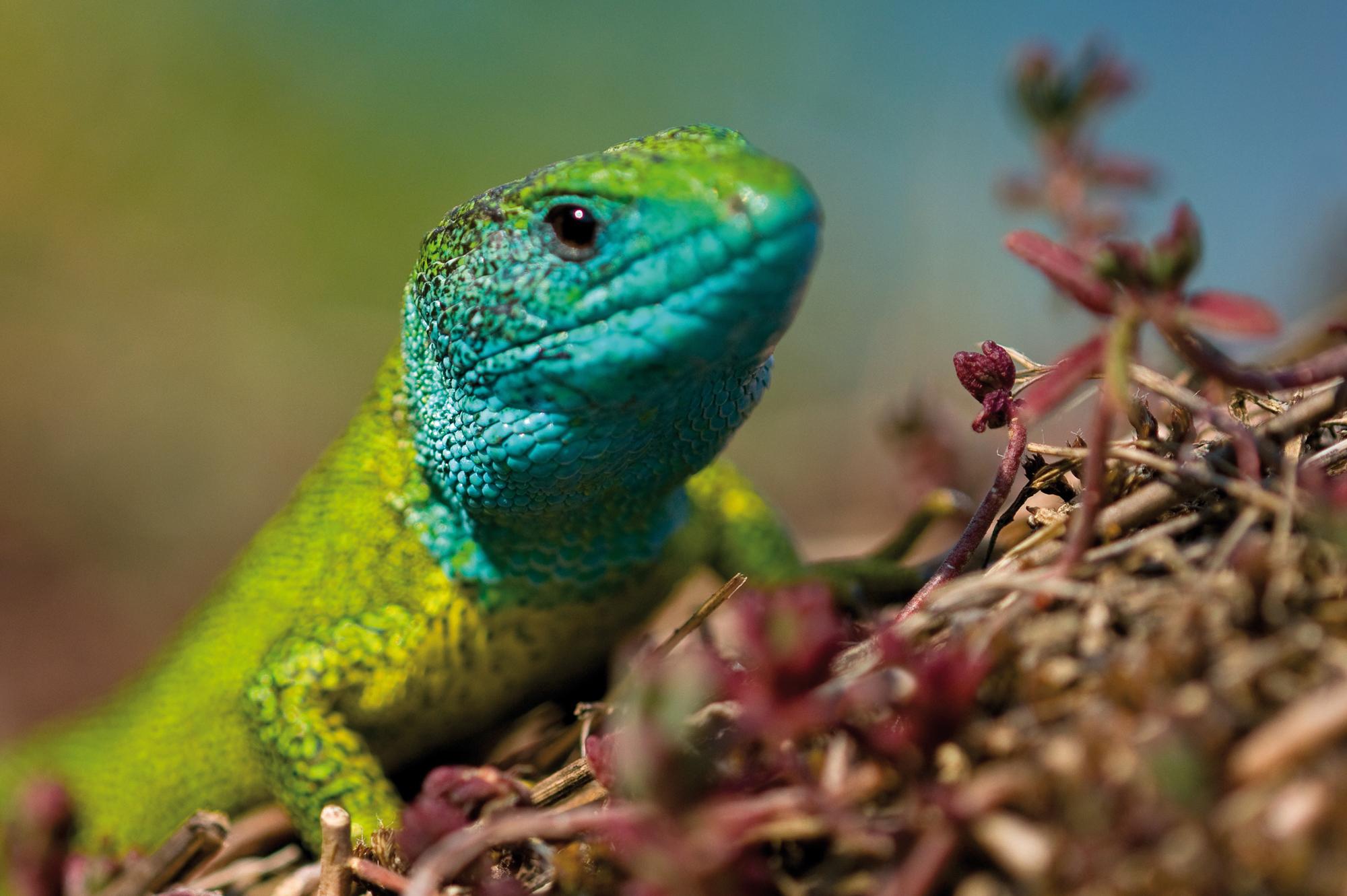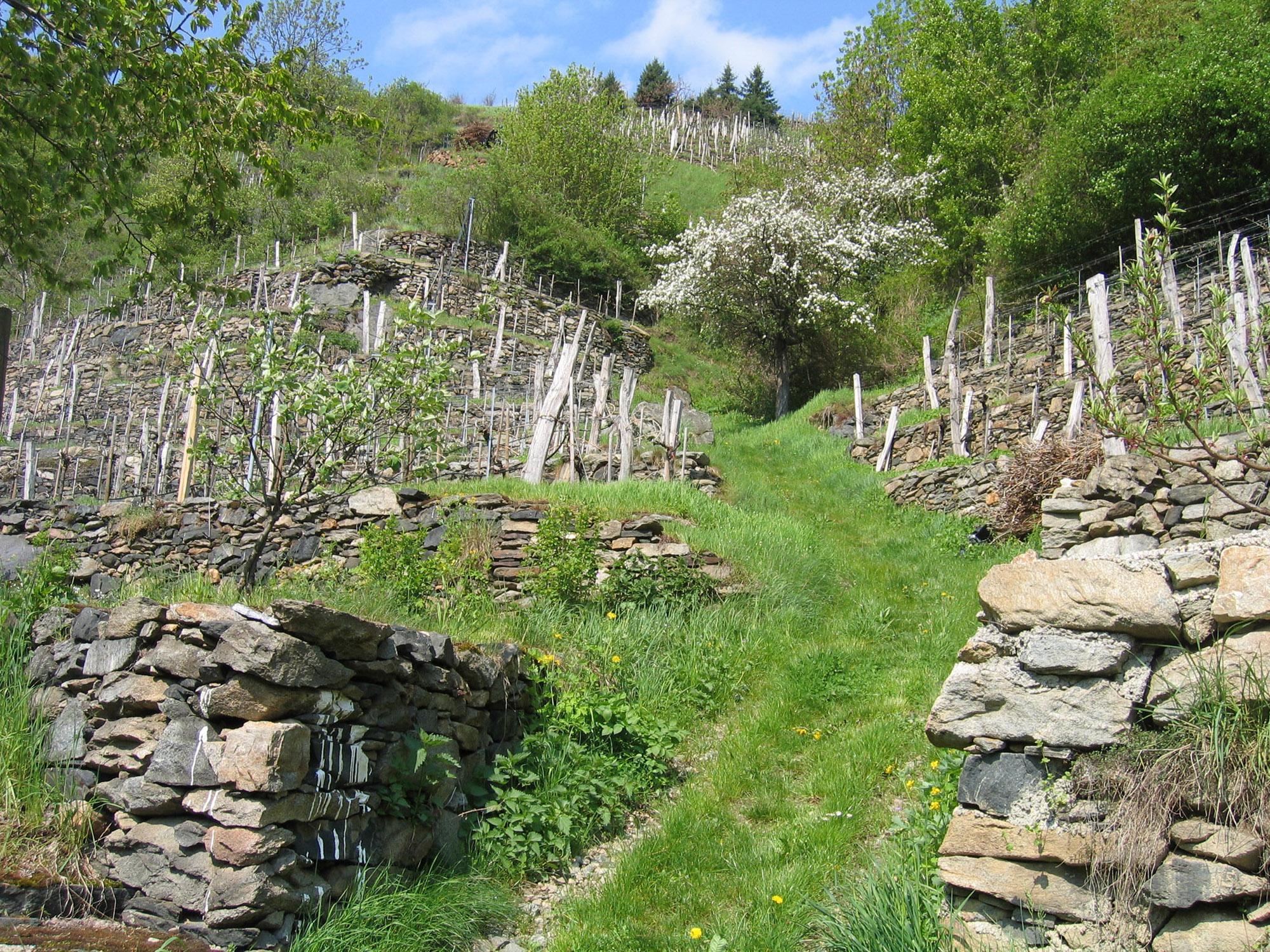Cultivating success - the history of Wachau wine

To Wachau's winegrowers, who still produce small quantities in family-owned businesses on basically medieval terraces, it was clear that they shouldn’t join the rally for cheaper production for supermarket shelves. Instead, they created a niche marketing strategy that has been revolutionary right from the beginning.
Vinea Wachau (Vinea Wachau Nobilis Districtus) was founded in 1983 as an association of winemakers in the Wachau winegrowing area. The association's main principles are to restrict the production of wine to the legally-defined growing area only, and commit, without compromise, to quality, origin and purity.
The wines of the Wachau are inimitable and distinctly marked by their origin. In 1983, the Vinea Wachau producers’ association pledged to uphold this character by voluntarily relinquishing their right to buy in grapes or wine from other regions, or cultivate vineyards elsewhere. As a result, the region maintains its integrity, characterised by small wineries and vineyard holdings. Special attention is paid to the maintenance of the dry stone wall terraces. It is these walls that make the extreme viticulture of the Wachau possible, and they are a determining feature of the Wachau Cultural Landscape.

From 1984 onwards, Vinea Wachau began to create the trademarks 'Steinfeder', 'Federspiel' and 'Smaragd' to communicate this message in an easily comprehensible way. By using these names, the members commit to a wine style which reflects regional typicity: dry white wine, made without the addition of sugar, or detectable wood influence. Various factors are expressed in the character of every Wachau wine: topography, soil and weather are fused with each winemaker’s dedication and willingness to take a risk.
Technological advancements of the past decades have eased the work of the vintner dramatically. Nevertheless, much in the Wachau remains the way it has always been. Where the vineyards are steepest and work the most toilsome, there are very few opportunities for mechanisation. The rough terrain of steep sites requires disproportionately more labour than vineyards on the plain. However, even in the places where machines could be used, the winemakers still carry out much of the work by hand. All Vinea winemakers are obliged to hand harvest.

The use of vineyard names to describe the wines has a long tradition in the Wachau, where many of the best-known names can be traced back to the 13th century. These names not only reflect the origin of the grapes, they also describe the character of the wines. The name also often hints at what the vineyard is like, who used to own it, or some local historical event. Over 100 different vineyard sites pay tribute to the complexity arising from the variations in geology, soil, climate and topography. The personal understanding and experience of the winemakers are the final ingredients in reflecting the Wachau’s terroir.
This strategy continues to be successful: unique to almost all other similar terraced winegrowing areas, the Wachau hasn’t lost any cultivated vinyards over the last 40 years. At the same time, the unique quality promise and the direct link between wine, terroir, and the vintner gives legitimation to a higher price of the wine. This allows the winegrowers of the Wachau to keep producing one of the best wines in the world on the same terraces that have, in many cases, been there for more than a thousand years. This unique wine culture is the most important element of the Wachau World Heritage listed landscape that millions of people now enjoy visiting every year.

